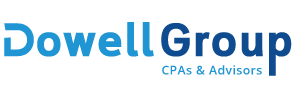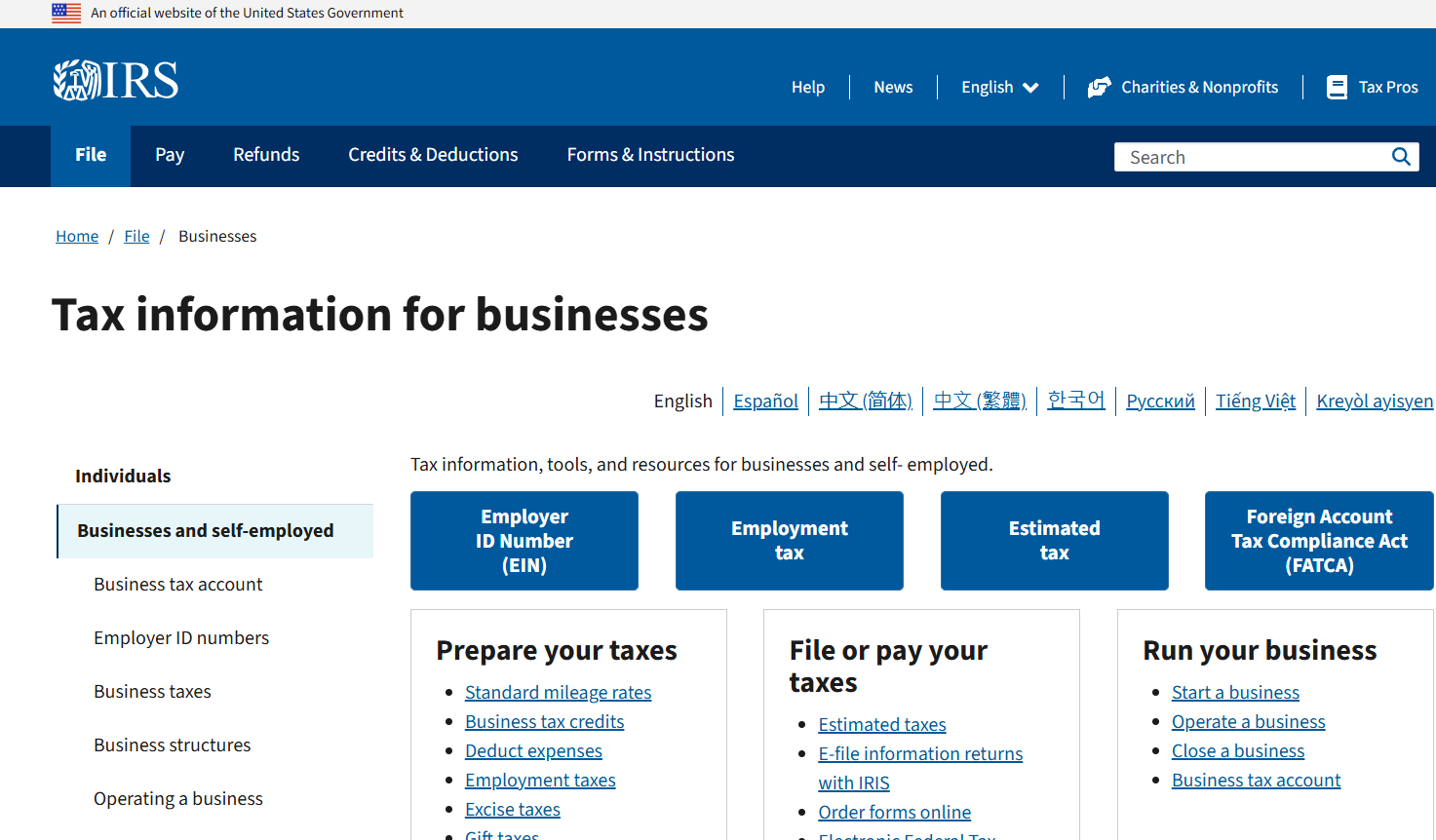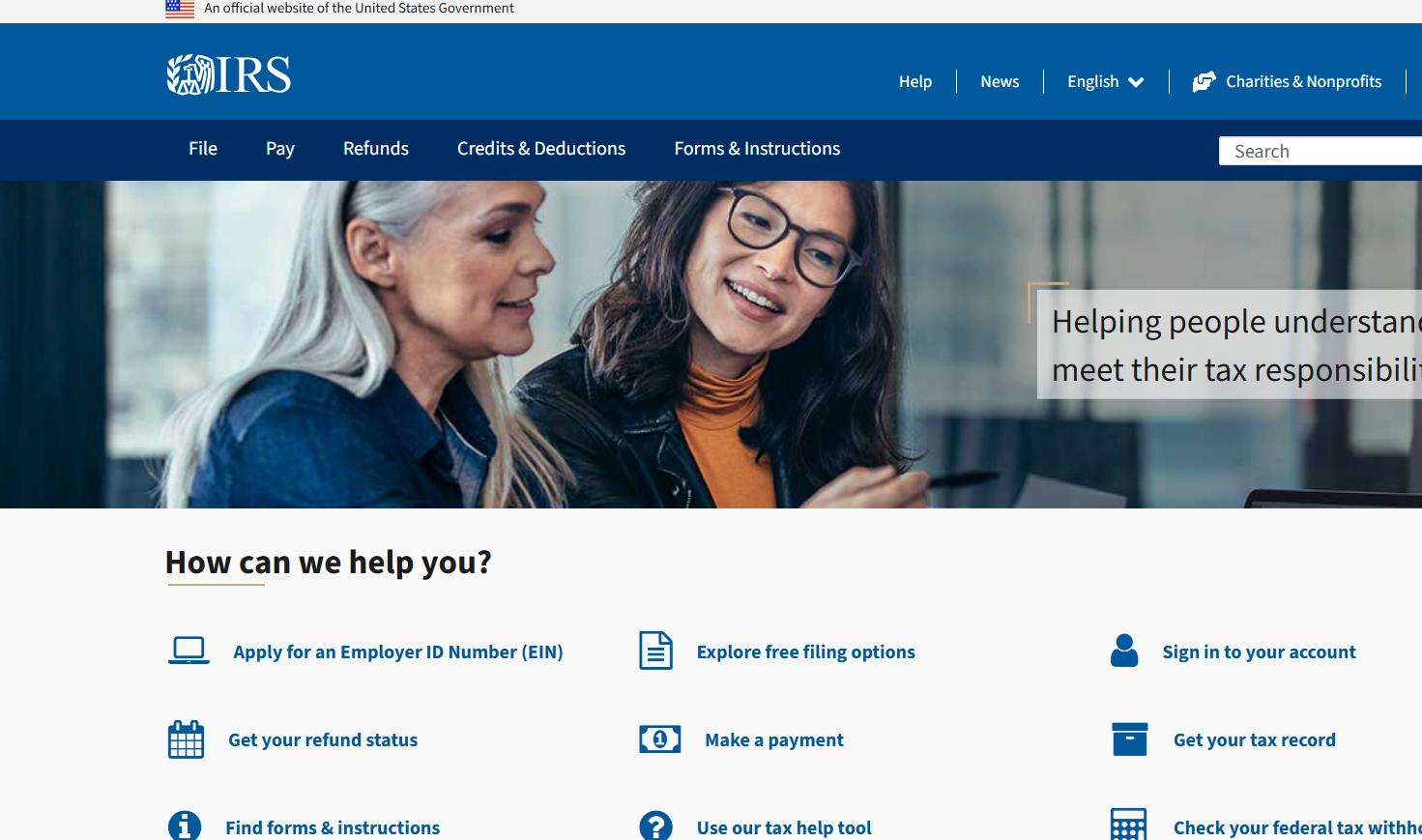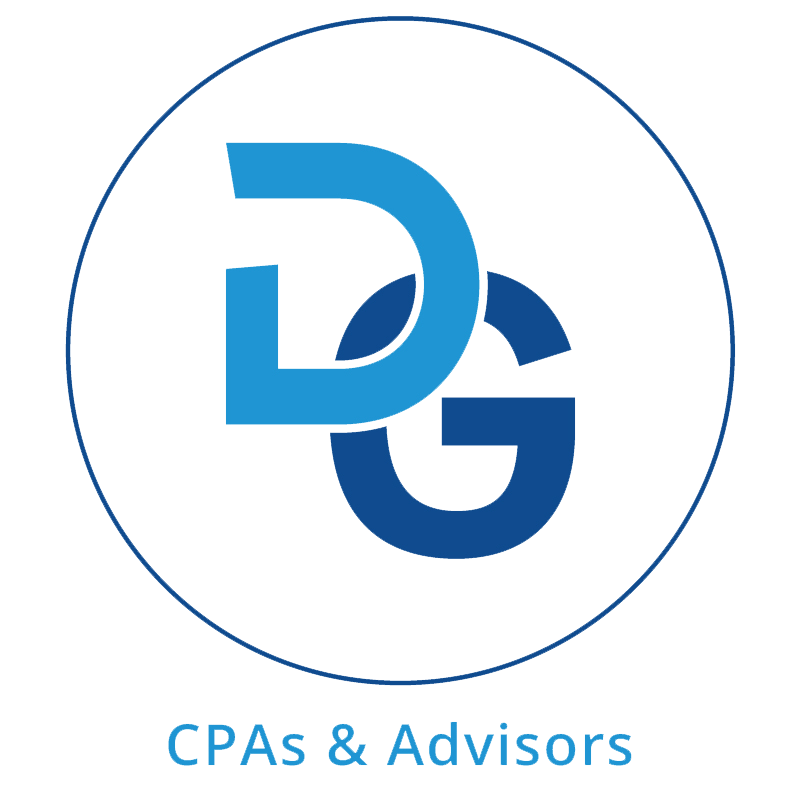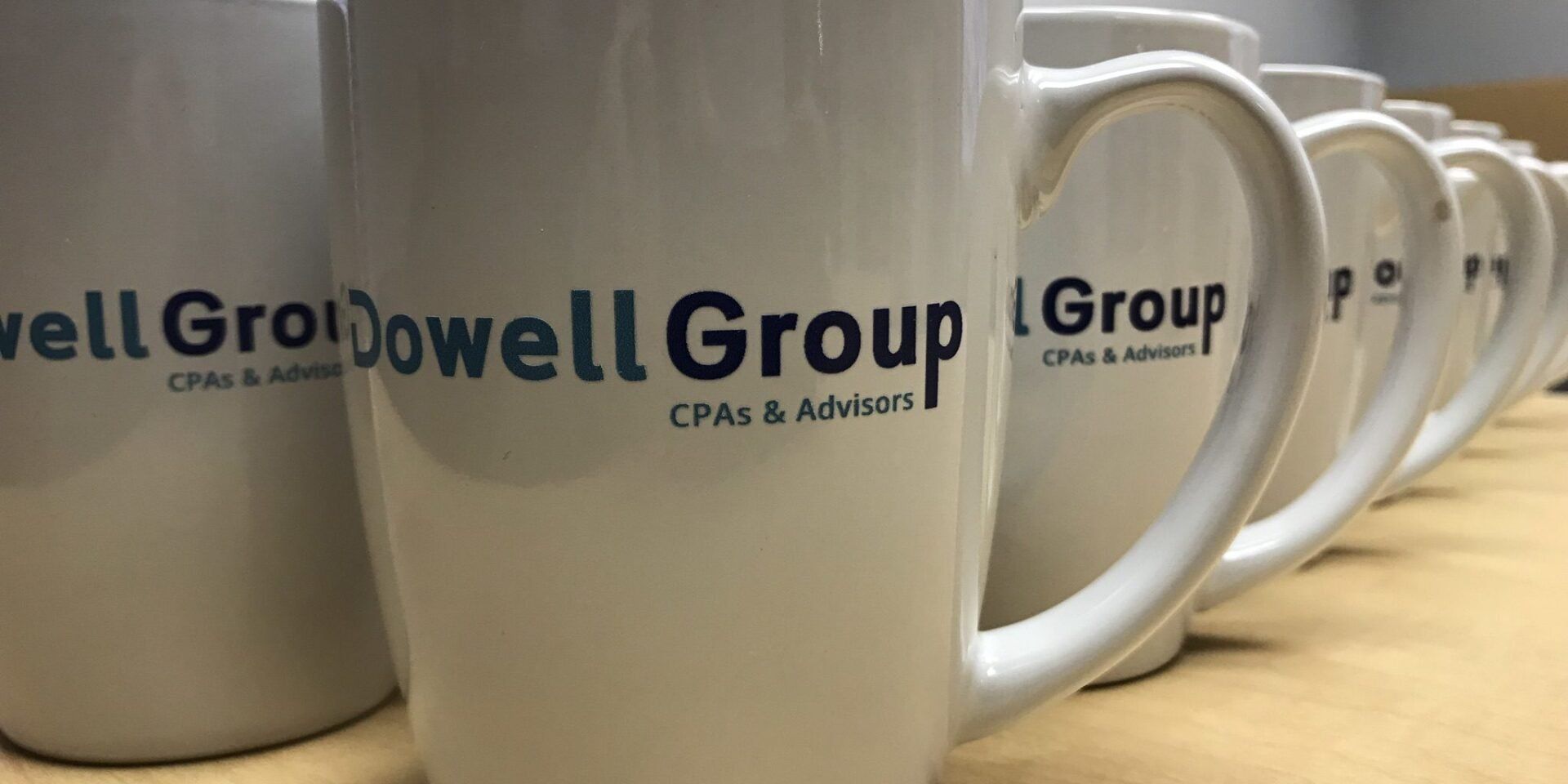Cloud Computing and Remote Access – Changing How a Business Interacts with its CPA Firm
by Gregory S. Dowell, CPA
Maintaining good accounting records – consider “good” to mean current and accurate – is a basic service that CPA firms have provided for years to their business clients. Many small businesses rely on their CPAs to help them with their basic recordkeeping. In the past, that might have meant that after the end of the month, the business owner provided the checking account, bank statements, sales journal, and payroll information to the CPA, who then took a few weeks to record all of the transactions in a general ledger, produce a trial balance, and ultimately prepare financial statements. By the time the accounting cycle was complete, it was nearly time to begin the next month’s cycle.
While it is critical to understand past performance, this traditional approach has emphasized accounting’s primary weakness – it is an historical exercise. Technology, however, has made some major changes in how a small business owner interacts with its CPA firm. At our firm, we are constantly re-thinking the process of how we can be more real-time (and therefore more relevant) to our clients. We often frame the solution to this problem with a driving analogy: We seek to get the accounting function in the front seat and as close to the driver as possible, so that the windshield becomes the view to the world, not the rear-view mirror.
We believe that every situation should stand on its own merits – a solution that is right for one company may not work for another. The old axiom often holds true: “if it ain’t broke, don’t fix it.” In some situations (although fewer and fewer these days), that might mean that the “old school” method of a client maintaining manual records and delivering them to the CPA after month’s end may be the best. In most situations, however, it is possible to use technology to speed up the accounting cycle, thus making the financial statements more relevant and giving the business owner real-time information.
First, it is important to determine the internal accounting capabilities of the business, the scope of services needed, and what output, or deliverable, is needed from the CPA firm. Does the business owner or an internal bookkeeper have the necessary accounting knowledge to maintain the books and records on a daily basis in a software package? Who will reconcile the bank statements? How much comfort does the business owner want to get from the CPA? Are financial statements prepared by the CPA firm necessary to give to the bank or the investors? These are some of the key questions to be asked.
Depending on the answers to the above, some possible solutions to speed up the turnaround time and make the accounting function as current as possible may be as follows:
Cloud computing – if the business has day-to-day internal accounting competence, use an online product to input the accounting activity. The advantage is that the CPA can have immediate access to the records. The business owner can call the CPA and ask a question and get advice on a transaction that occurred today (this is clearly moving the accounting function into the front seat!). Either the CPA or the business owner (or bookkeeper) can reconcile the bank accounts at month’s end, or the CPA can analyze the owner’s reconciliation, the necessary adjustments can be made thereafter, and the accounting records for the business are accurate and up-to-date. A business owner can run internal reports and have a high degree of confidence that the data is correct. If external financial statements prepared by the CPA are needed, the turnaround time will be greatly reduced.
Remote access – if the business has day-to-day internal accounting competence, many software packages that are installed on the desktop allow for remote access. To gain access, the desktop computer at the business must be left on so that it can be accessed by the CPA, so security issues should be reviewed as a precautionary step. Similar to the above, with remote access the CPA can look at transactions on a real-time basis and many, if not all, of the above benefits of cloud computing can be gained. We deal with many off the shelf accounting packages, and our observation is that there tend to be more flexibilities with remote access versus cloud computing, from internal categorization to report generation. Perhaps the most significant downside to remote access is that back-ups in the cloud are made as a matter of course and off-site storage is a given.
Cloud computing and allowing remote access are two ways to move the historical accounting function into the present. There are several accounting software packages that can be used, many widely known and many that can be literally bought off the shelf or off the web and installed at a moderate price. All of the costs should be considered, as well as who will provide support, if support is needed. We think it is always important that a business owner should not get backed into a corner or advised to use an obscure accounting package or one that is only supported by a handful of professionals.
Even if a business owner determines that cloud computing or remote access is not possible at the present, there may be other ways to keep the accounting records as current and relevant as possible. Again, it is important to assess the capabilities and needs of the business. In most cases, off the shelf accounting software packages can be considered and implemented; in rare cases, the solution might be found through a customized package. Each situation should be explored on its own merit. The goal should always be to drive the business by looking through the windshield, not the rear view mirror.

